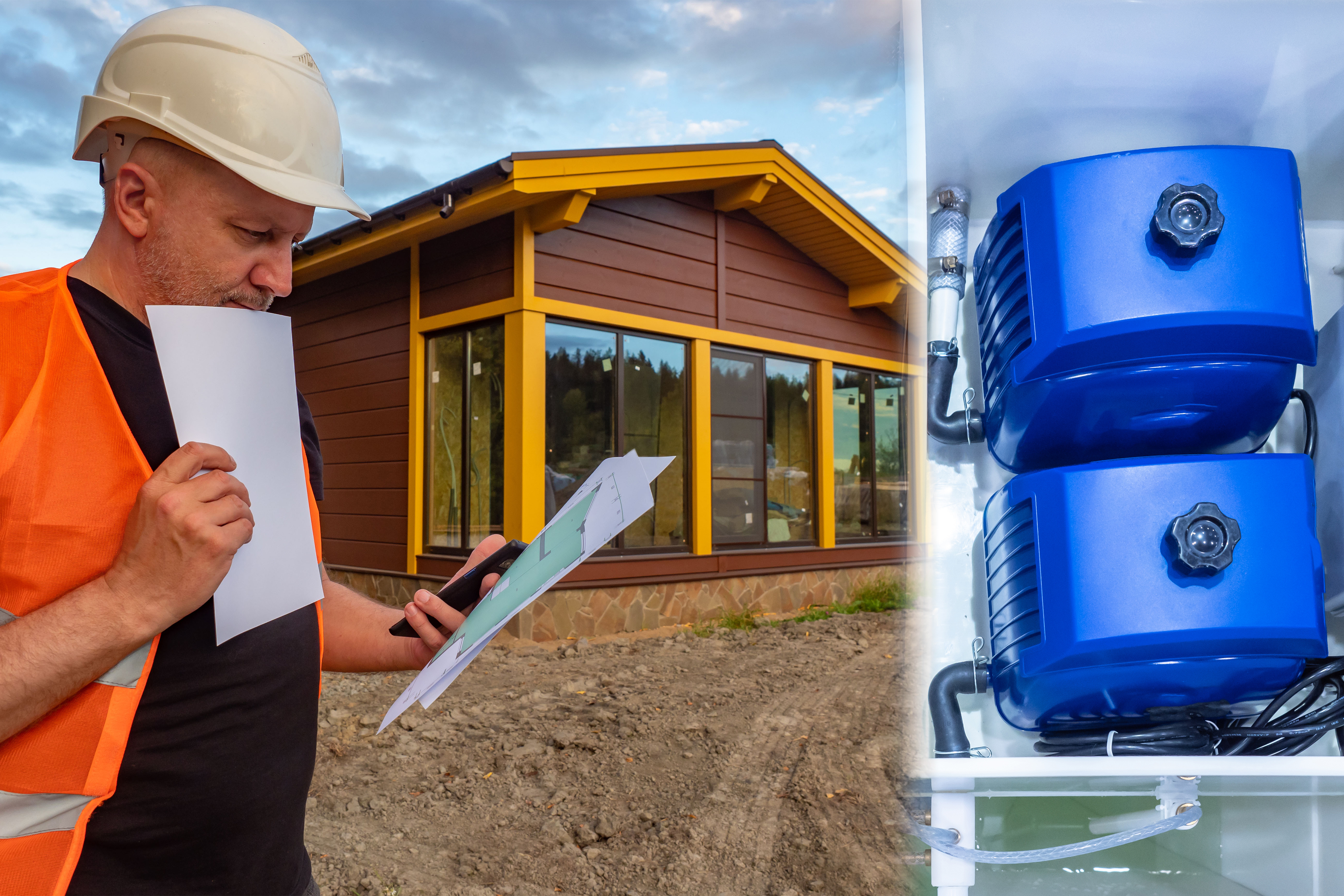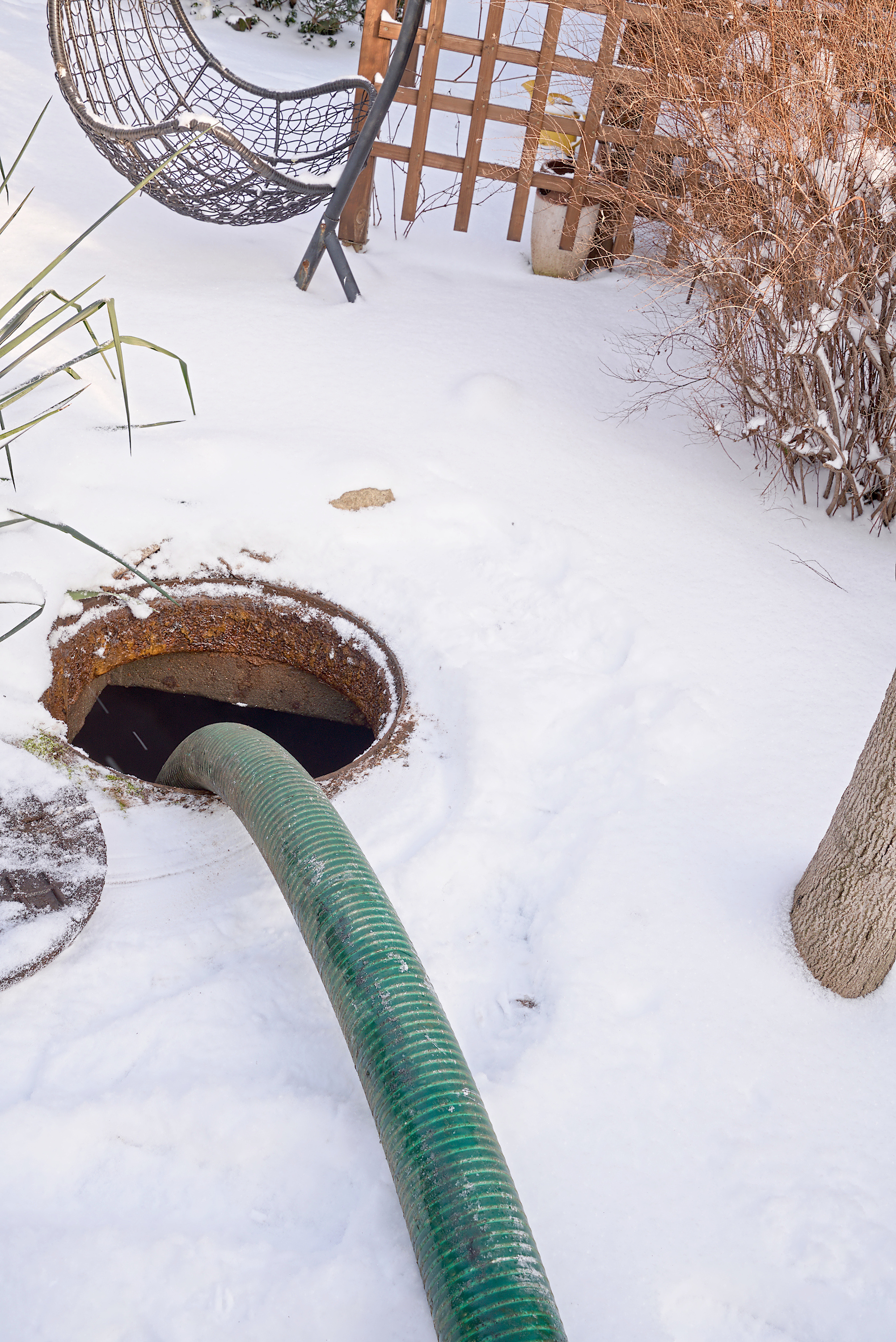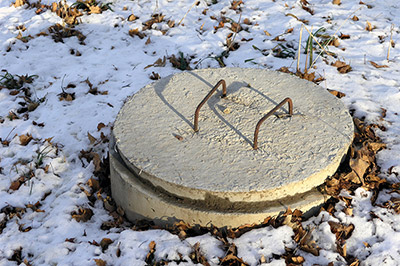
Are you considering hiring a new snow removal company this winter? Before hiring someone, make sure they are a good fit for your property. While many snow removal contractors boast about their capabilities, they do not all deliver when the first big snow hits. For property managers, this creates major problems. When snow plows fail to arrive, property managers can expect a flood of complaints from their residents or tenants.
Finding a great snow removal company is a top priority for property managers. There are ways to identify high quality commercial snow removal companies. Here are five questions property managers should ask commercial snow removal companies before hiring them. What type of snow removal equipment do you have? h3
While this question is important for any property, it is very important for properties with unique snow removal needs. This could include needing snow removal from hard to access walkways, top floor parking garages, or rooftops. If a company does not own the right equipment, consider it a red flag. This extends to companies that simply offer to subcontract or rent a piece of equipment.
Property managers should feel comfortable asking equipment specific questions as well. These could include:
- How big is your fleet of plows?
- How old are the vehicles in your fleet?
- Do you own your plows?
- Are your vehicles well maintained and serviced?
- These questions are trying to assess the reliability of the vehicles and snow plows that are showing up to your property during a snowstorm, so make sure you are satisfied with any potential vendor's answer.
How big is your service area?
While the first plowing is important, properly removing snow from a property requires multiple plows. Companies with very large service areas might not return as quickly for a second clearing during heavy snows. This is because they are spending time traveling to other properties. During heavy snowfalls or blizzards, it is the frequent plowing through multiple visits that make the difference.
Conversely, a large service area can also be a positive. This is especially true for property managers with large regional or multi-state portfolios. Either way, property managers must ask about the service area and feel comfortable with the snow removal contractor’s answer.
Do you have guaranteed melting supplies?
When record snowfalls hit, grocery store shelves are not the only things that get cleared out. Salt and other ice melting supplies often disappear just as fast as toilet paper and water. As a result, property managers must ask their snow removal contractor about their ability to access snow and ice melting supplies. If a contractor can’t get the right supplies when they are most needed, they are likely not a reliable option.
How do you communicate during storms?
The answer to this question is a surefire way to separate great snow removal contractors from the rest of the pack. The best snow removal companies will have proven communication systems and processes in place. Additionally, they will be able to example them well.
How do they communicate before, during, and after a storm? For property managers, fast and reliable information is critical to overall property operations during a blizzard or nor’easter.
Do you know local snow removal laws?
Believe it or not, there are snow removal laws in many states. These laws include things such as where and how high plows can push snow mounds. Massachusetts, for example, has numerous snow removal laws. One of the laws allows towns to remove snow from sidewalks, then send the bill to property owners. Property managers should ask snow removal contractors how much they know about local and state laws during the hiring process.
For more information contact Morse Engineering and Construction.
Source: propertymanagerinsider









